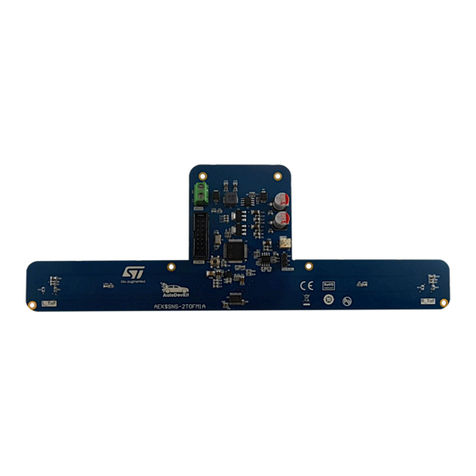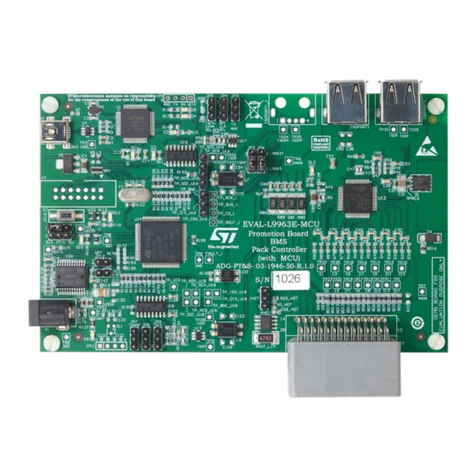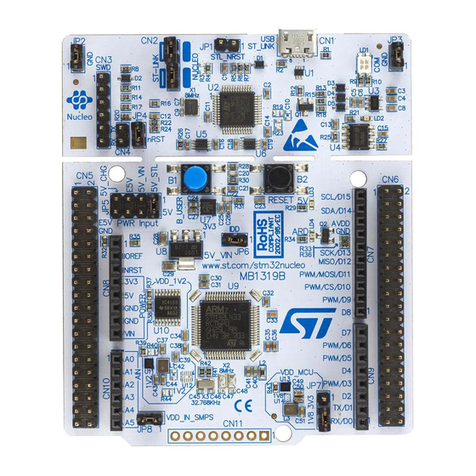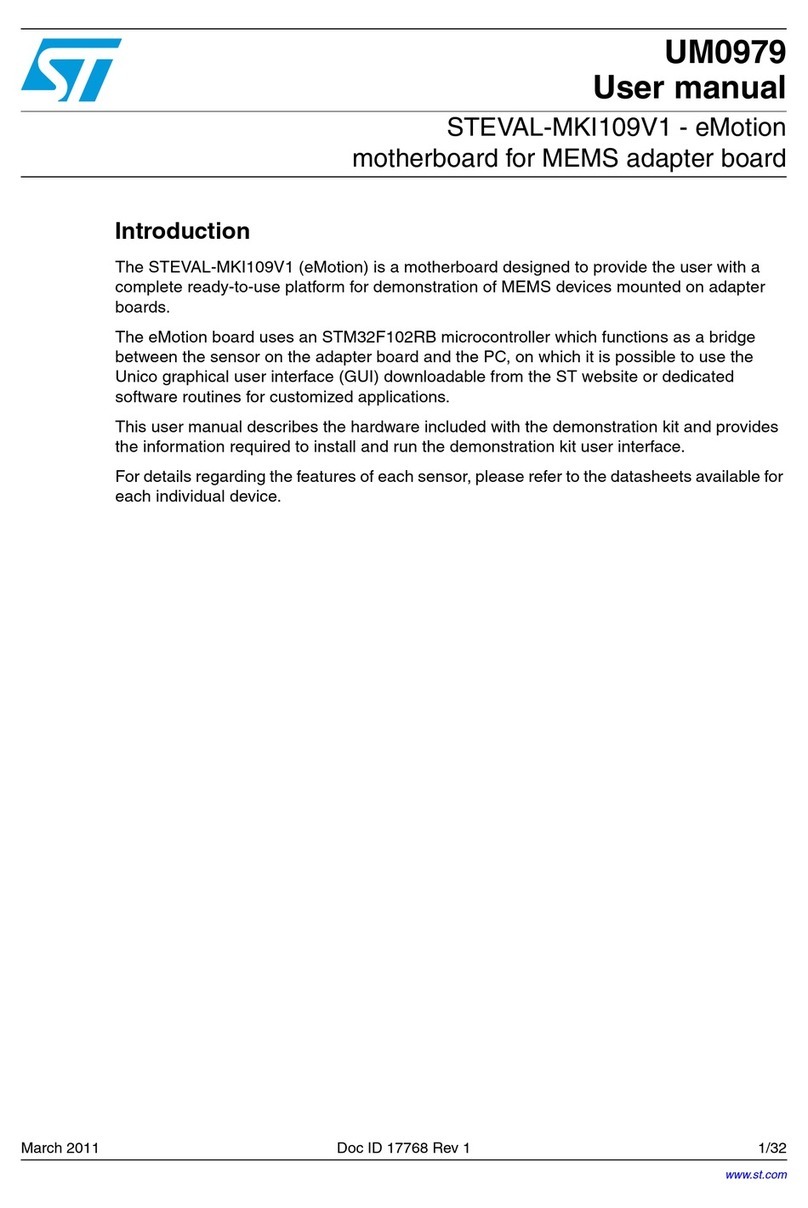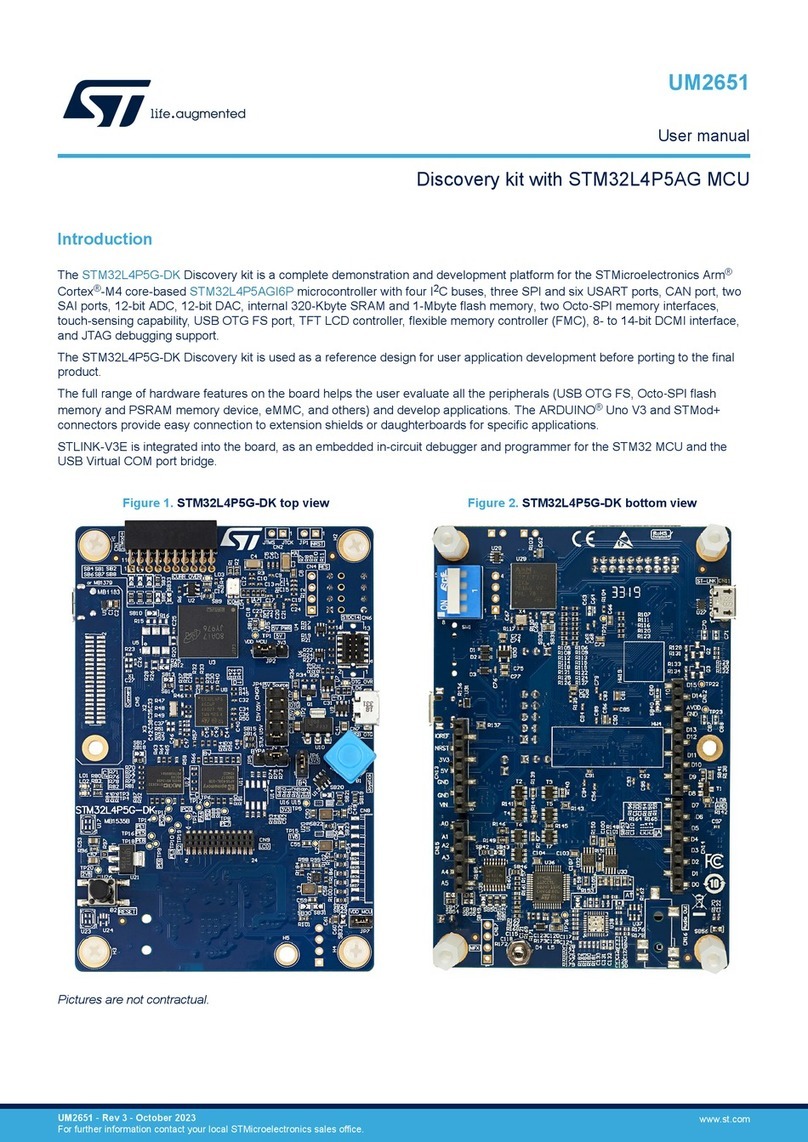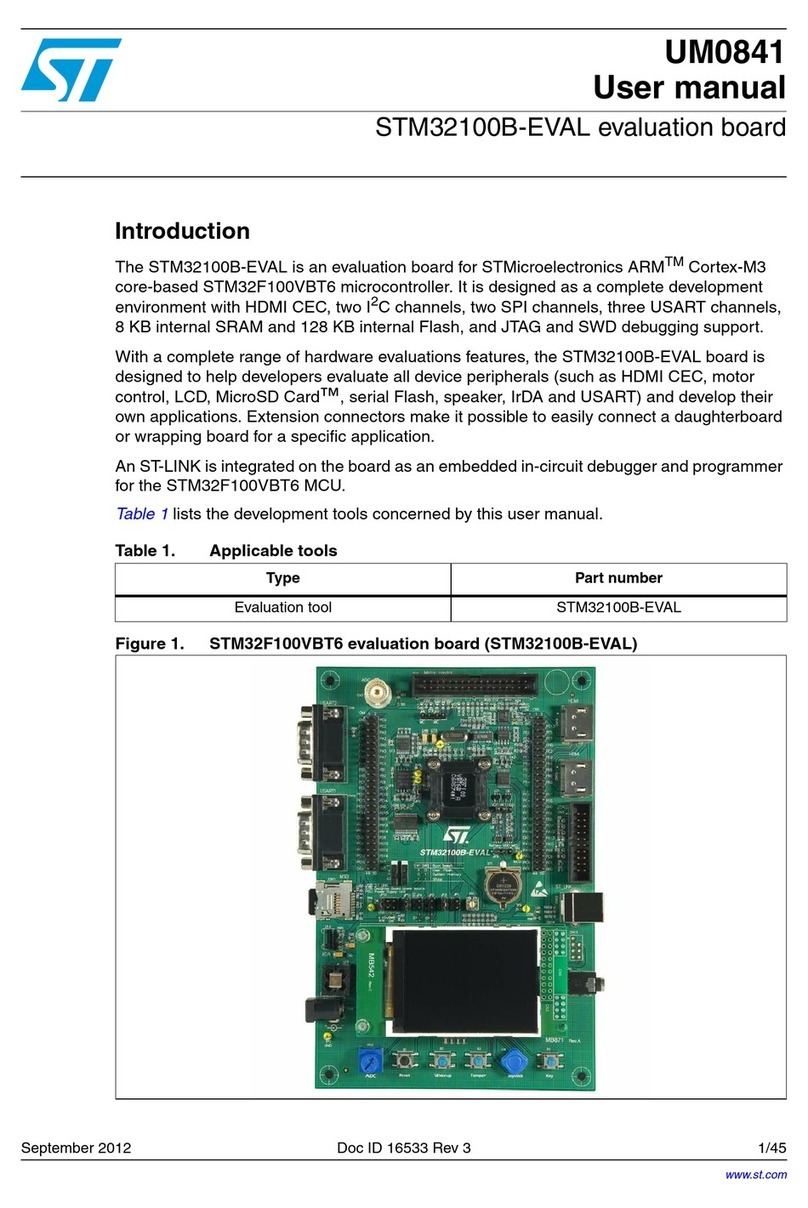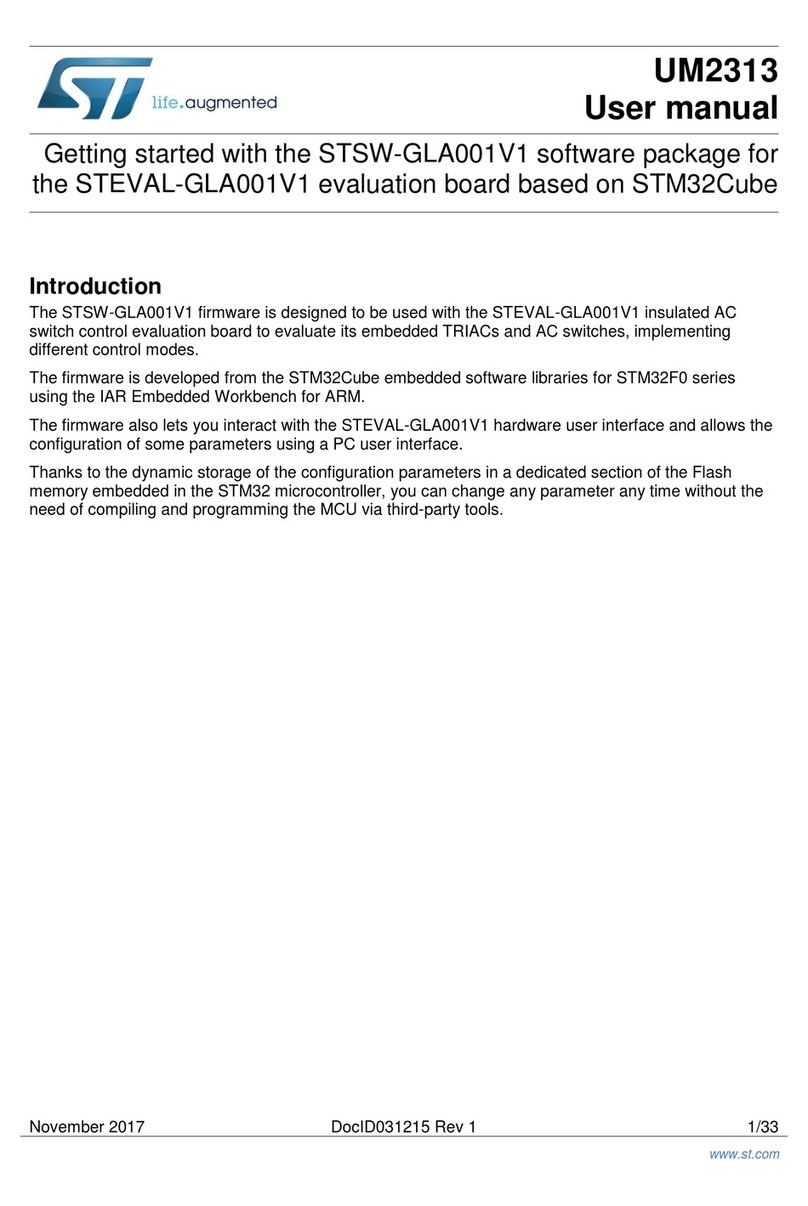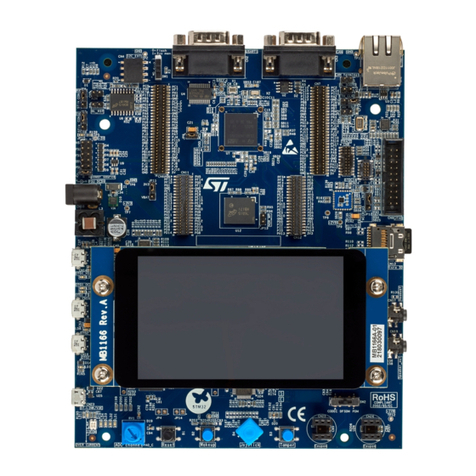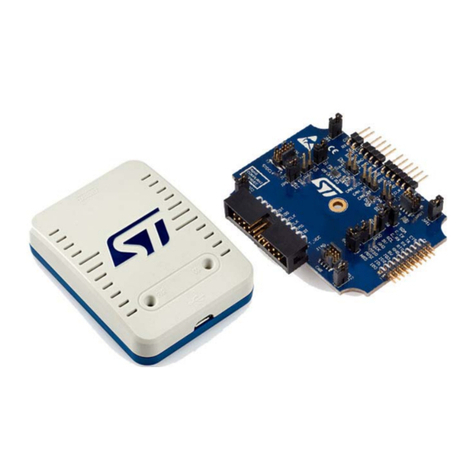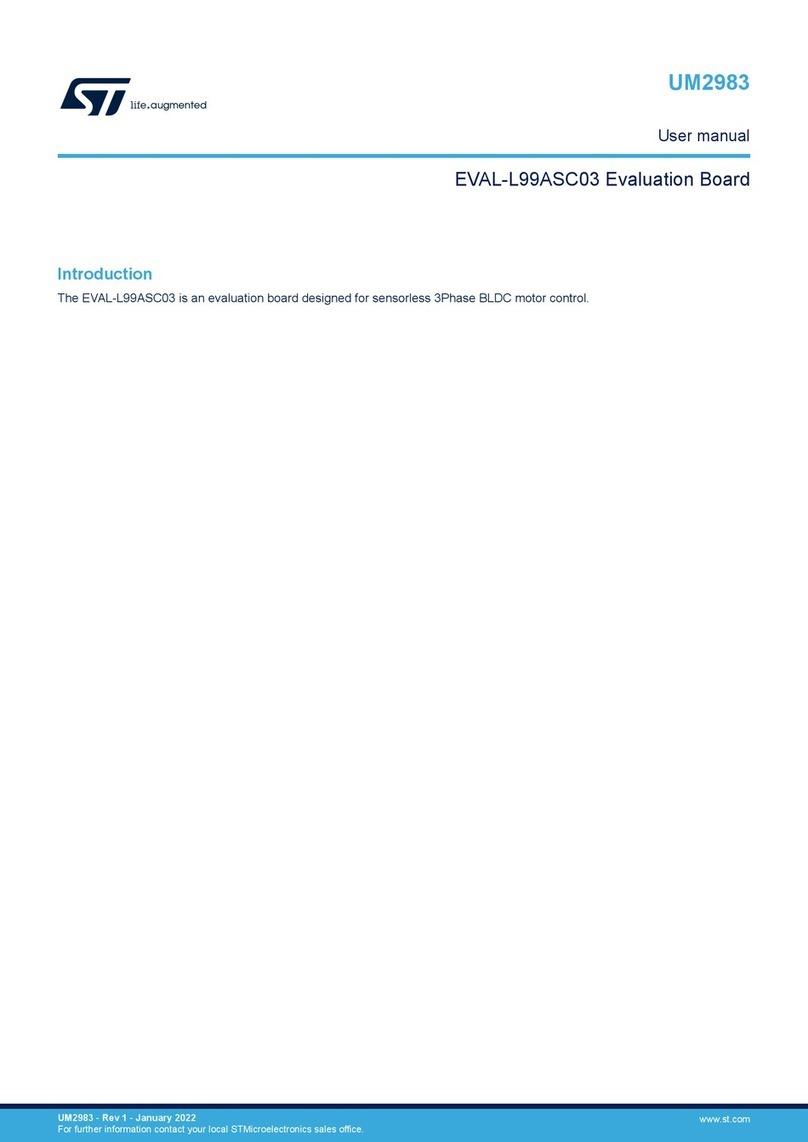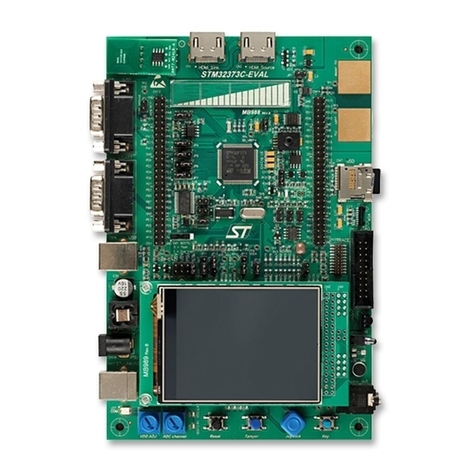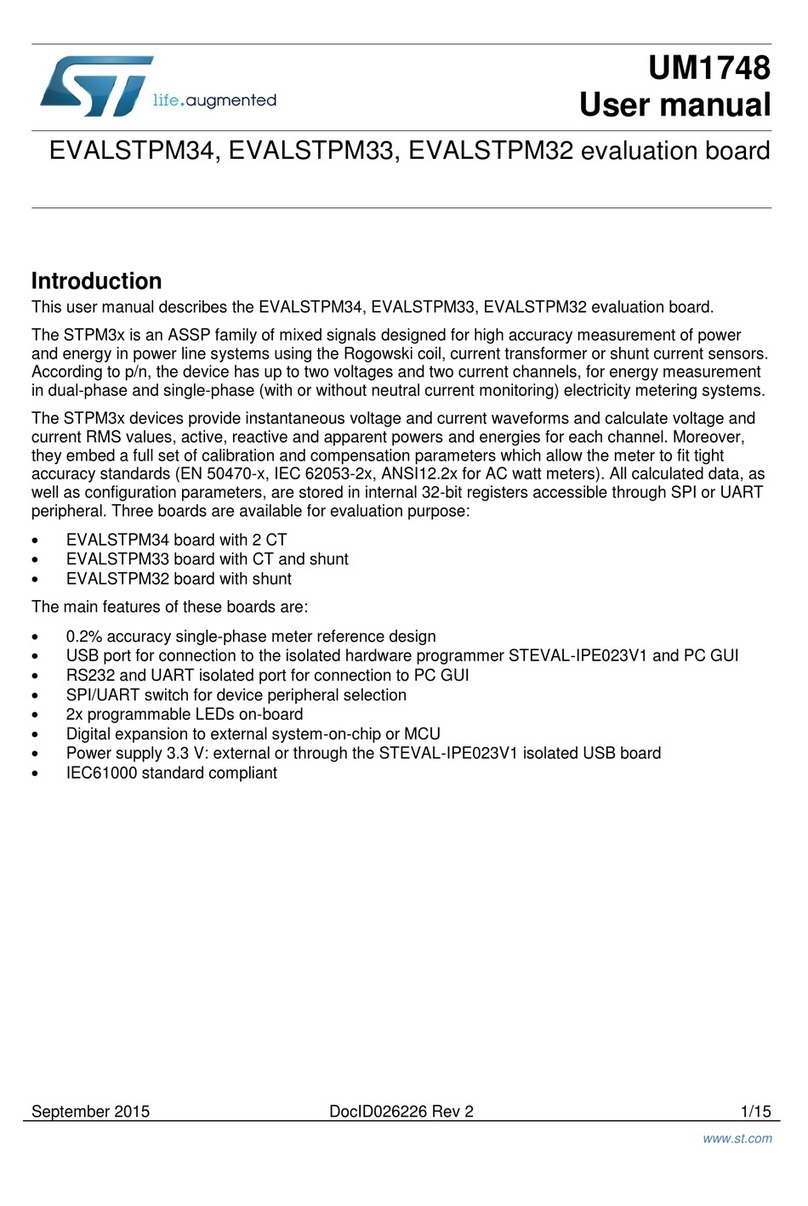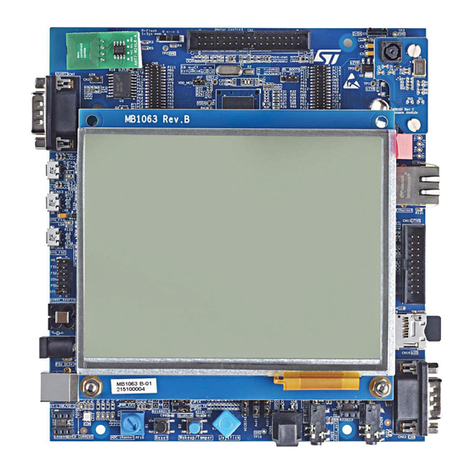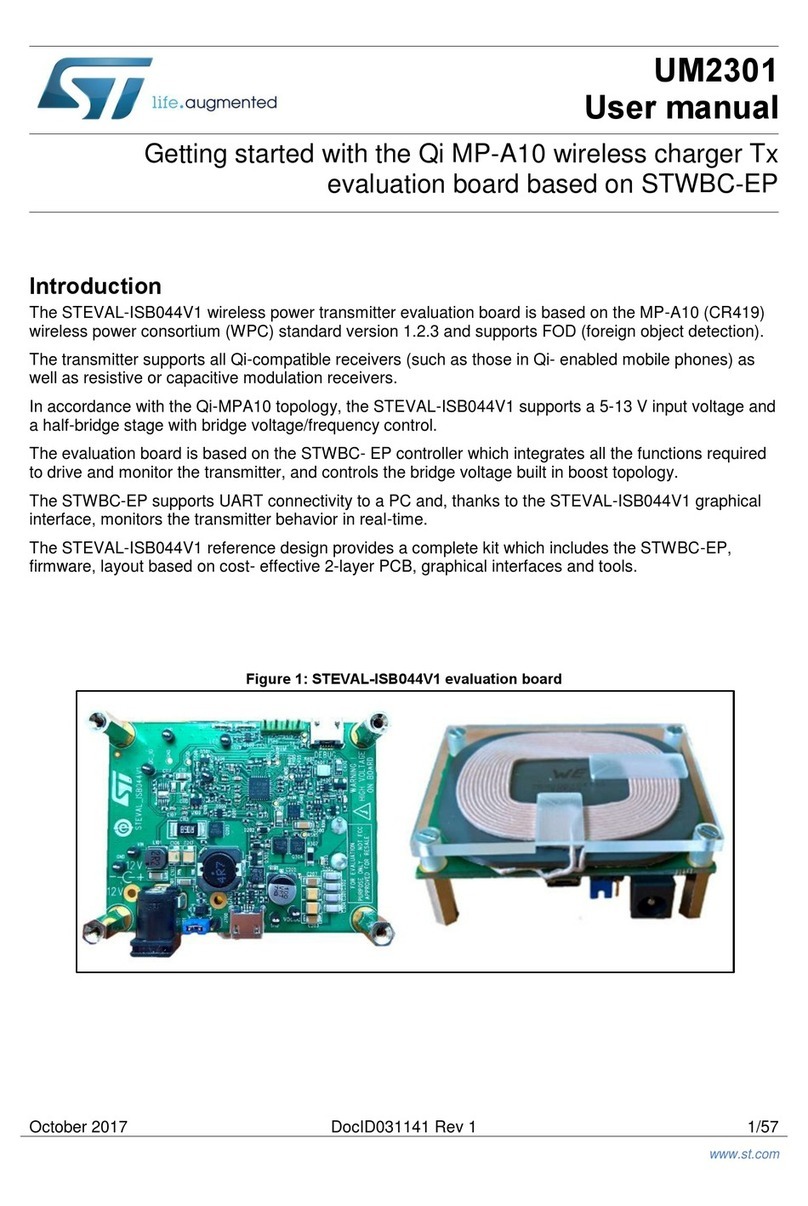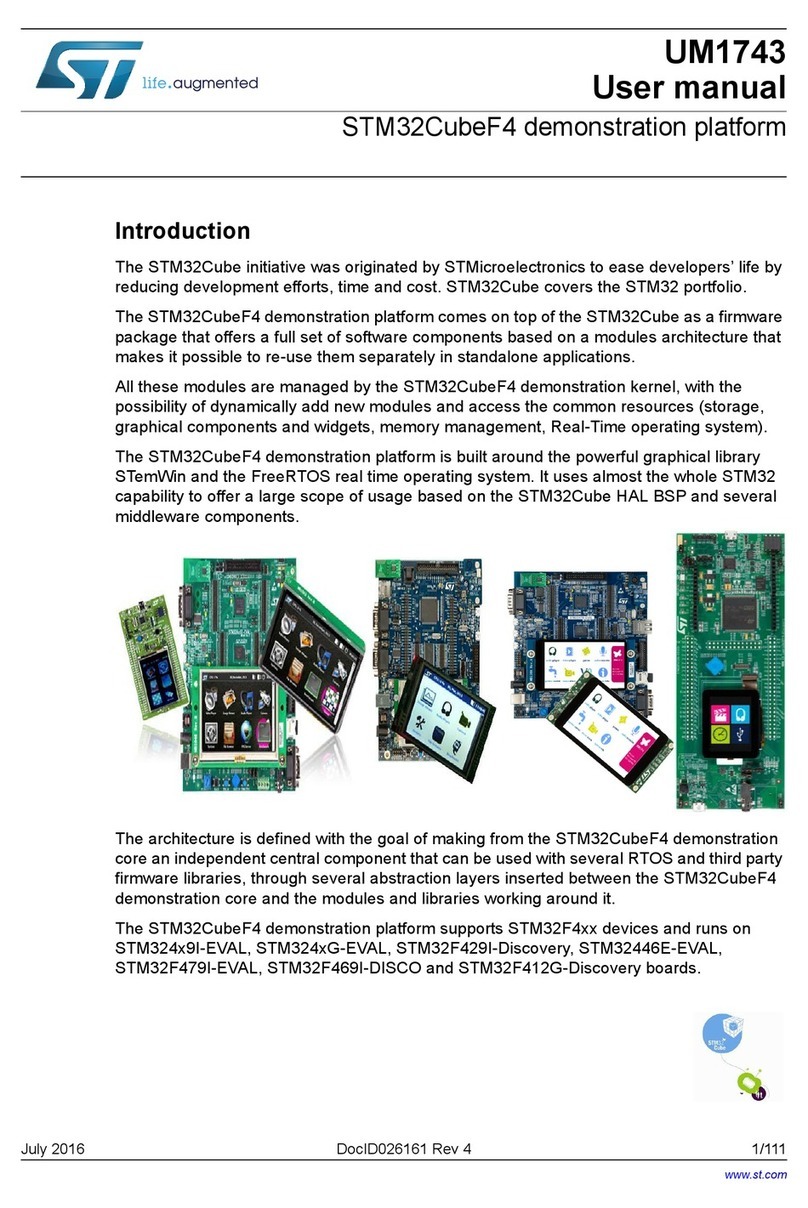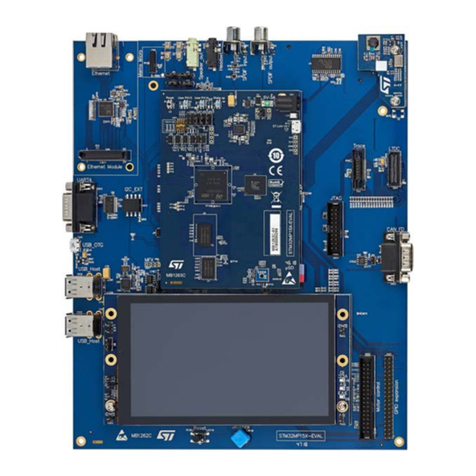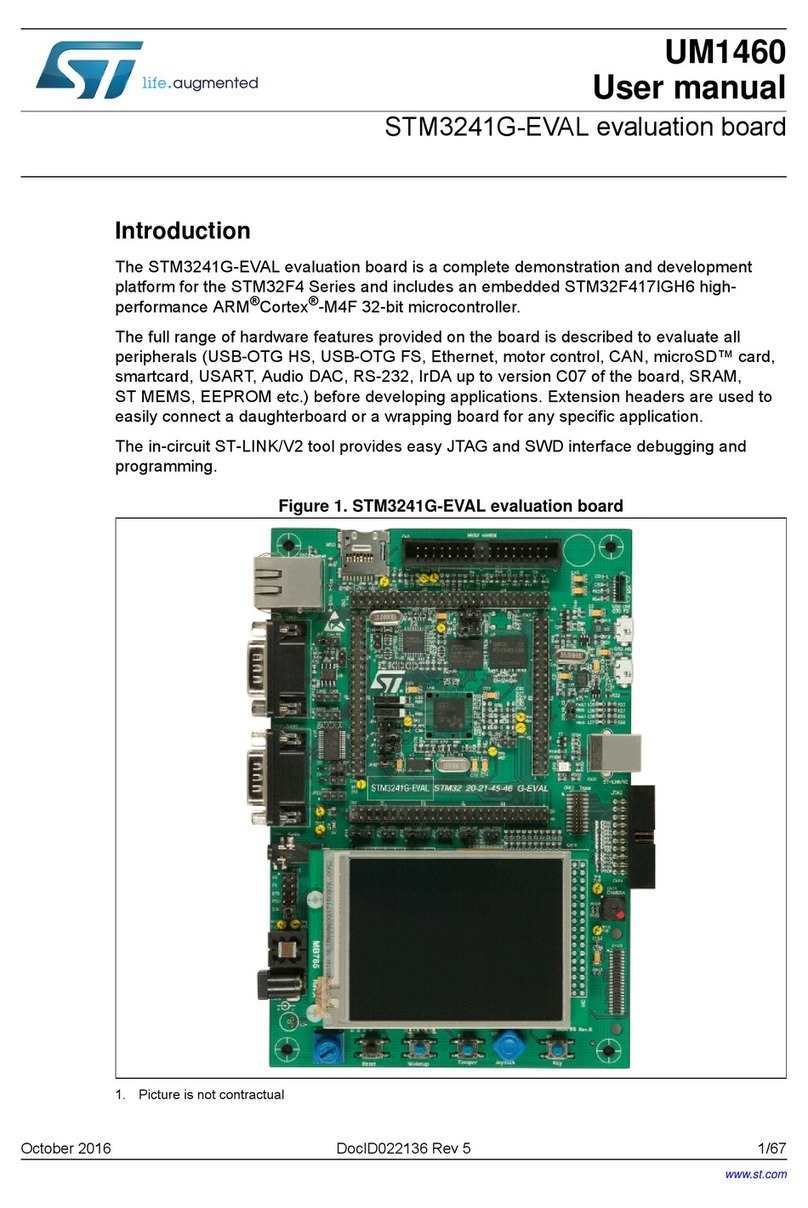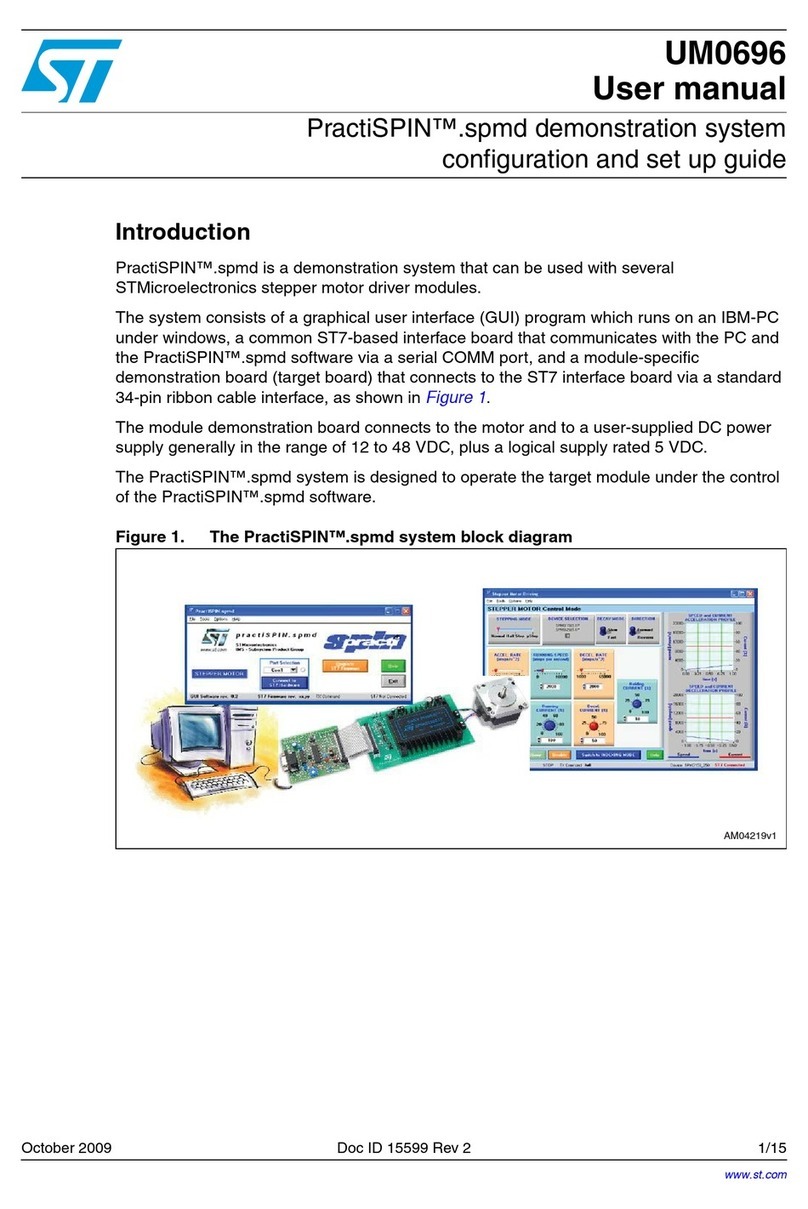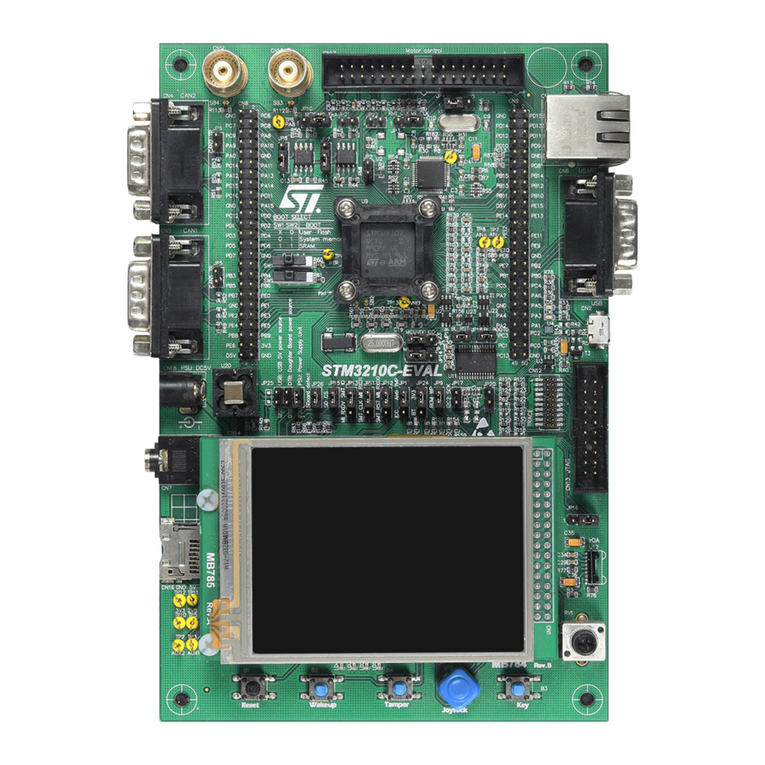
1 Safety and operating instructions
1.1 General terms
Warning: During assembly, testing, and operation, the evaluation board poses several inherent
hazards, including bare wires, moving or rotating parts and hot surfaces.
Danger: There is danger of serious personal injury, property damage or death due to electrical shock
and burn hazards if the kit or components are improperly used or installed incorrectly.
The kit is not electrically isolated from the high-voltage supply AC/DC input. The evaluation board is directly linked
to the mains voltage. No insulation is ensured between the accessible parts and the high voltage. All measuring
equipment must be isolated from the mains before powering the board. When using an oscilloscope with the
demo, it must be isolated from the AC line. This prevents shock from occurring as a result of touching any single
point in the circuit, but does NOT prevent shock when touching two or more points in the circuit.
All operations involving transportation, installation, use, and maintenance must be performed by skilled technical
personnel able to understand and implement national accident prevention regulations. For the purposes of these
basic safety instructions, “skilled technical personnel” are suitably qualified people who are familiar with the
installation, use and maintenance of power electronic systems.
1.2 Intended use of evaluation board
The evaluation board is designed for demonstration purposes only, and must not be used for electrical
installations or machinery. Technical data and information concerning the power supply conditions are detailed in
the documentation and should be strictly observed.
1.3 Installing the evaluation board
• The installation and cooling of the evaluation board must be in accordance with the specifications and
target application.
• The motor drive converters must be protected against excessive strain. In particular, components should
not be bent or isolating distances altered during transportation or handling.
• No contact must be made with other electronic components and contacts.
• The board contains electrostatically-sensitive components that are prone to damage if used incorrectly. Do
not mechanically damage or destroy the electrical components (potential health risks).
1.4 Operating the evaluation board
To operate properly the board, follow these safety rules:
UM2896
Safety and operating instructions
UM2896 - Rev 1 page 3/27
